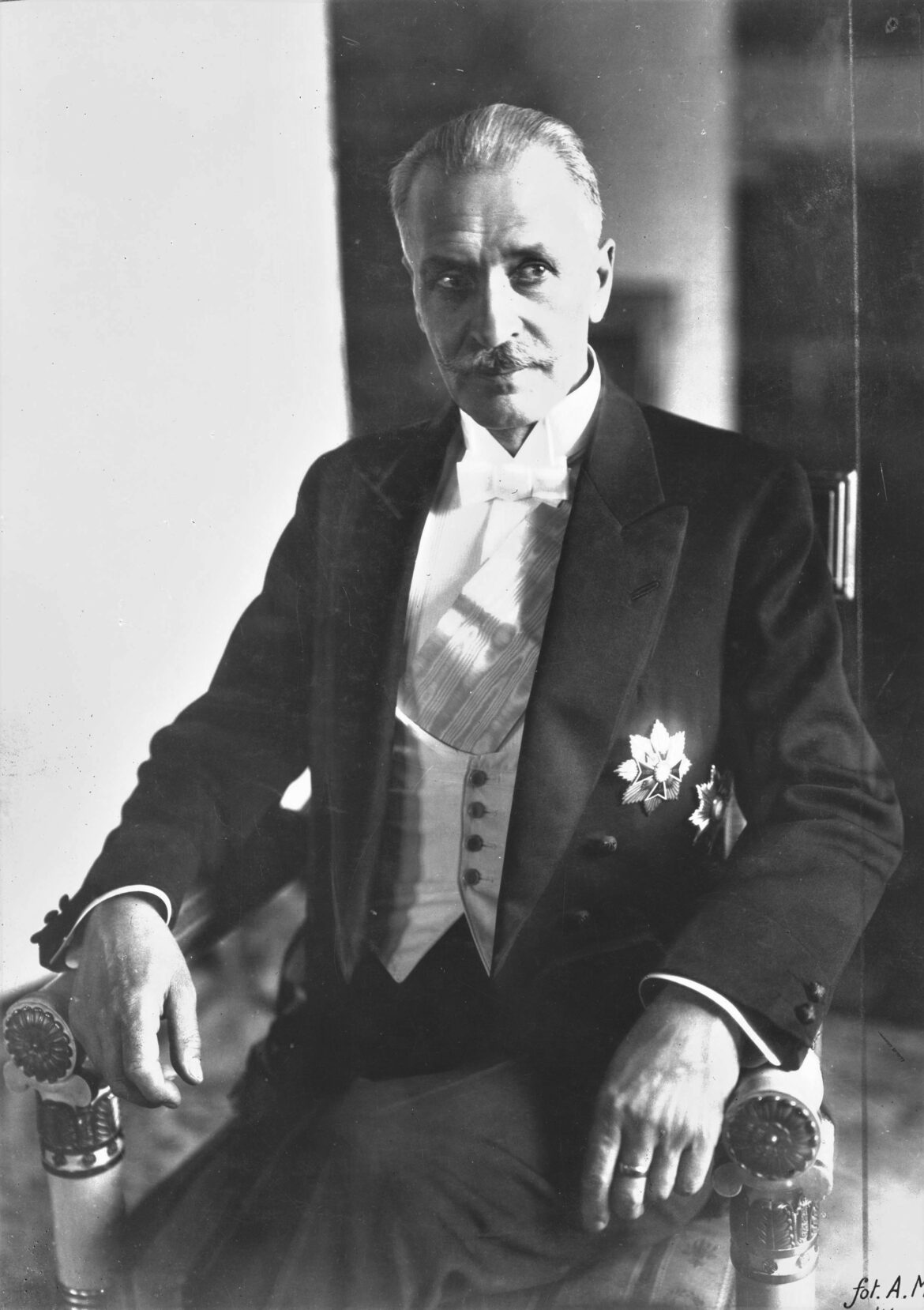Already in the early years of the 20th century, in exile, the future President of the Second Republic of Poland made many discoveries in chemistry and electricity. He became the inventor of a method for easily obtaining nitric acid and constructed high-voltage capacitors. Mościcki’s patriotism, vast knowledge and organisational experience had a significant impact on the economic success of interwar Poland.
Ignacy Mościcki was born on 1 December 1867, into a gentry family of uprising traditions. After graduating from a secondary school in Warsaw, he entered the Faculty of Technical Chemistry at Riga Technical University, graduating in 1891. Avoiding arrest by the Russian authorities, he fled to London and was introduced to Józef Piłsudski. He worked as a hairdresser, carpenter and as a seller of kefir, which he distributed mainly to Jewish emigrants. He decided to move to Switzerland, where he took up a new discipline – physical chemistry. In 1912, he moved to Lwów (today’s Lviv) and began working at the Technical University there. An outstanding scientist and author of numerous patents, he was able to combine academic theory with engineering practice. As a recognised authority after Poland regained independence in 1918, he organised the Polish chemical industry from scratch (e.g. as director of the Nitrogen Compounds Factory in Chorzów). In 1926, Mościcki was elected President of the Republic of Poland.
As President, he was widely respected for his elegance and dignity in office. He became known as a co-founder of the accelerated pace of economic development in the Second Republic, and above all as a co-initiator of the construction of the Central Industrial District, which was to ensure the country’s self-sufficiency in armaments and provide jobs for 110,000 workers. One of its components was a large chemical combine built from scratch near Tarnów, soon to be named Mościce.
After Soviet Russia’s aggression against Poland on 17 September 1939, Mościcki left for Romania, relinquished his office as President and stayed in Switzerland, where he continued his scientific work and research into new methods of food preservation. He died on 2 October 1946 in Versoix near Geneva. His body was brought home in 1993 and laid to rest in the presidential crypt of St John’s Cathedral in Warsaw.





